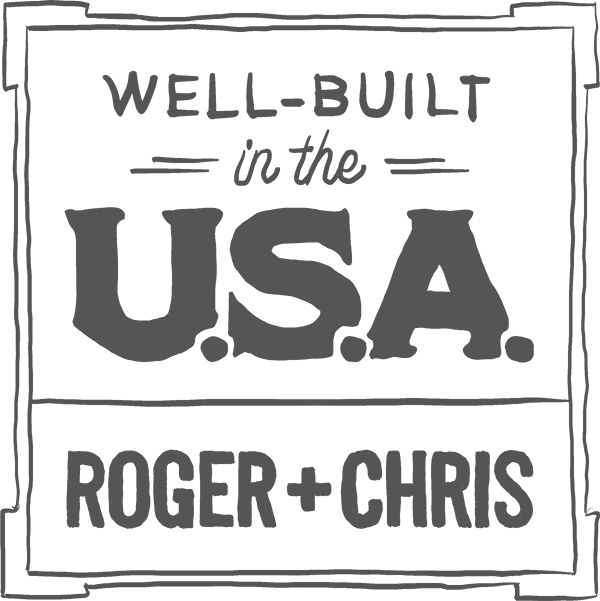Artificial Turf Can Be Natural Water, Effort Saver
With much of Central Texas grappling with drought conditions, a surprising lawn alternative is becoming increasingly popular. Turf grass is the largest irrigated crop in the United States, using three times as much water as corn, according to a study by NASA scientist Cristina Milesi. And the Environmental Protection Agency estimates that 30 percent of the average home's water is used outside. Unfortunately, the environmental benefits of lawns' carbon dioxide intake are outweighed by the negative impact of water usage. New artificial turfs can give you a green lawn that stands up to year-round abuse.

Looks and feels like the real thing. Remember the scratchy, green carpet that people used to install on their patios and could never be confused for real grass? Those days are gone. Today's artificial turf looks good enough to pass as the real thing. Under foot, it feels soft and natural. Modern turfs are manufactured by attaching countless "yarns" (grass blades) to a perforated backing. High-end turfs include multiple sizes and colors of yarns to more convincingly simulate real grass.
Tailored installation. I watched as local company Texas Custom Turf installed artificial grass in a front yard. Company president Chris Neighbors and his team started by clearing and leveling the ground on which the turf was to sit. They installed a metal edge outlining the space then unrolled the turf inside the edging, cutting it to size for an exact fit. The perimeter of the turf was secured using 6-inch stakes, and then they spread several hundred pounds of "infill" across the turf. Neighbors says that the weight of infill - which looks like colored sand - holds the turf in place and props up the grass blades. Finally, Texas Custom Turf used a special type of power rake to even out the infill and make the turf look more lifelike.
Hard-wearing and designed to last. Artificial turf is ideal in settings where real grass has trouble surviving, like shady spots or atop poor soil. It stands up to abuse, making it a good fit for playgrounds or areas that get a lot of traffic. Frustrated with the damage your dog has done to your backyard? This might be a solution; Neighbors says that turf is frequently used in dog runs because of its toughness and ease of cleaning. Life spans vary, but many of the residential products are designed to last 15 to 20 years.
Things to consider. The cost of materials and installation can be substantial, at $4 to $6 per square foot, though the larger up-front cost compares favorably to what you could spend on lawn maintenance during the lifespan of the artificial turf. Worth noting: the State of Texas does not tax the materials for artificial lawns.
Though there is an environmental impact to the manufacturing of the turf, remember that natural turf requires regular watering, mowing (likely with a gas mower), and fertilizing to survive. Chris says that some of the turf materials are manufactured in Central Texas. An artificial lawn is "low maintenance," not "no maintenance"; it needs to be raked once in awhile to groom the fibers, prevent matting and keep the lawn looking natural. It also needs occasional rinsing (the turf backing is perforated to allow for drainage) to clean off dust and debris, especially if dogs use the turf.

